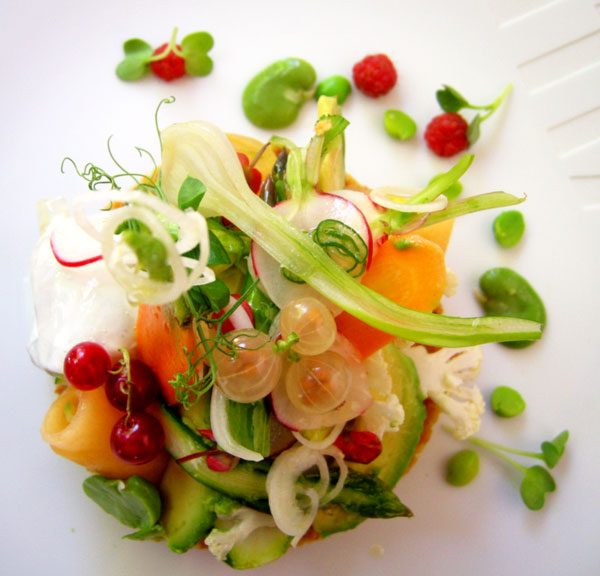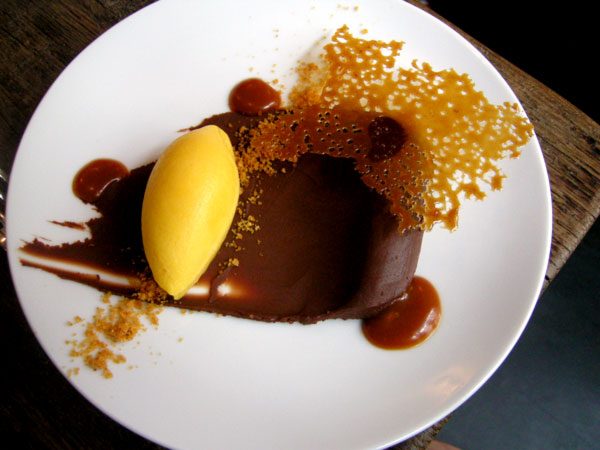
Vision is the sense that makes us look insistently. This is the sense that reveals envy. The presentation of the dish becomes a paramount importance.
The keys of a great food presentation
Caterers, photographers and advertisers have understood this for a long time! Just look at a picture from a culinary magazine… There are techniques to embellish the dish, evoke emotion, stimulate appetite and encourage the purchase. Without studying the practices of marketers, I drew up some key points you can use to enhance your food presentations.
Here are the components of a great food styling:
- The support
- The focal point
- Colors
- Flavors
- Textures
- Decoration
- The garnish
Food Presentation: The support
he support’s function is to present and reveal the culinary preparation. Its patterns and colors should not interfere with food. Its size should be proportional to the food volume and not give the effect of excess or insufficient food.
For these reasons, professionals use most often plain white plates to express their creativity.
Food Presentation: The focal point
The focal point is the thing that will mainly attract the eye. It may be the highest element of the composition. It will be located preferably at the end of the dish so as not to hide the lower items.
It can also be the most voluminous. For a main dish, this place is often occupied by the piece of meat or fish.
In all cases, the focal point must be accessible without having to break all the staging.

Food Presentation: The colors
The color is very important because it creates the envy. Green brings coolness and calms down. Red stands for passion and excitement. Black is a sign of elegance. Blue is a natural appetite suppressant and makes food unappetizing.
Vegetables are so important with their contrasts of colors and shapes. Care must be taken to use their geometry and color wisely, in a way that presents them without hiding others.
Food Presentation: The flavors
The flavors can come together because they are close, because they complement each other, or because they confront.
Food Presentation: The textures
Texture is a critical component of good food presentation, just as is the pleasure of eating.
By contrasting firm and soft, silky and rigid textures, the whole dish takes a higher dimension and adds a visual interest.
These contrasts are made by different preparation methods. A crunchy texture builds happily on a creamy and smooth cushion while a creamy ganache resting on a foundation of nougatine doubles the pleasure of tasting.
Food Presentation: The decoration
The decoration must be edible and remember the flavors contained in the preparation. It can be herbs, spices or ingredients used in another form.
The usual sprig of parsley, leaf lettuce, cherry tomatoes or lemon slice should not be exclusive in decoration!
Food Presentation: The garnish
The garnish increases the texture and flavor of a dish. It must be thought about with the two rules of culinary art.
Finally, with all these considerations taken into account, the plate must have a balanced and clear appearance. At that time, the eyes “eat” the plate and silence reigns around the table.
You have reached your first goal! After the food styling, the next step will be the tasting…
Here are some good accessories that help professional cooks in their everyday routine concerning food plating and presentations, every item is available via Amazon.







